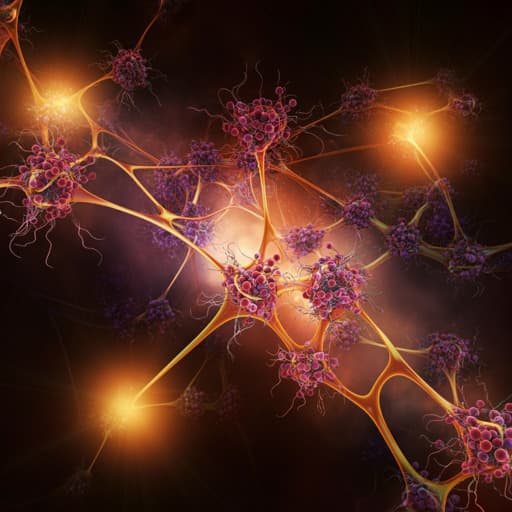
Medicine and Health
Open Access Anti-cancer effect of afatinib, dual inhibitor of HER2 and EGFR, on novel mutation HER2 E401G in models of patient-derived cancer
Y. Harada, A. Sato, et al.
This cutting-edge research by Yohei Harada and colleagues reveals the remarkable efficacy of afatinib, a dual inhibitor of HER2 and EGFR, against cancer models featuring the HER2 E401G mutation. Afatinib significantly outperformed traditional treatments, hinting at its potential as a game-changer for patients with this specific mutation.
~3 min • Beginner • English
Related Publications
Explore these studies to deepen your understanding of the subject.







